You will need:
- One candle
- Matches
- A balloon filled with water
- Adult supervision.
- A small plate
- Water
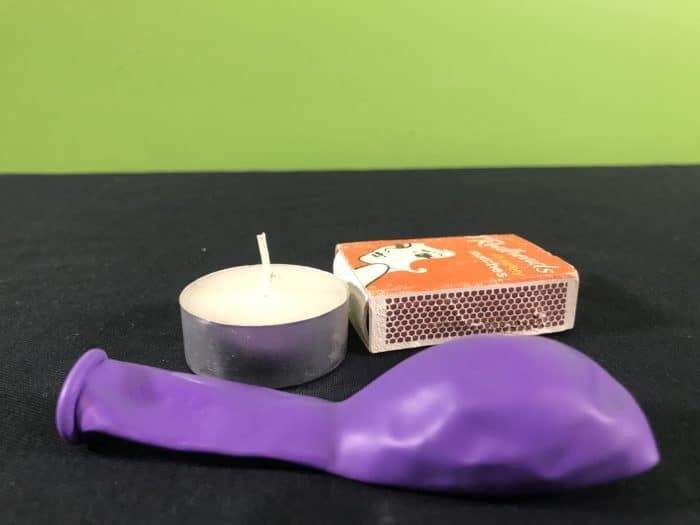
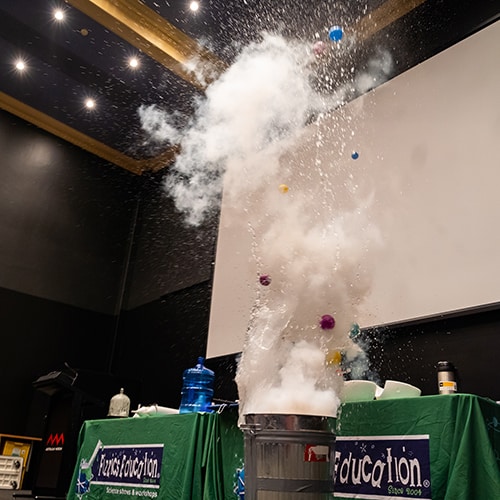
School science visits since 2004!
– Curriculum-linked & award-winning incursions.
– Over 40 primary & high school programs to choose from.
– Designed by experienced educators.
– Over 2 million students reached.
– Face to face incursions & online programs available.
– Early learning centre visits too!
Why Does This Happen?
You’ll find that you can run this for quite a while longer than the air-filled balloon purely because the water will continue to absorb the heat from the flame. So, how long could you run this? Well, it really depends on how much water you have in the balloon as well as the quality of the rubber balloon itself. Try varying the levels of the water in the balloon and see how long your experiment can last!
BTW; whilst the water balloon survives the flame, the water inside the balloon will start to cycle around and around due to convection. Convection is the movement of either gases or liquids due to uneven heating causing density changes that drive movement. How does this convection work in the balloon then?
– Warmer water rises due to the water expanding and becoming less dense than the surrounding colder water.
– As the warmer water rises, the surrounding colder water moves underneath to replace the warm water.
– Once the warmer water reaches the top of the balloon it is away from the flame… so it contracts as it cools down. This contraction makes this water denser and so this water moves down again.
– In the meantime… the water that had moved near the candle flame also heats up and expands & rises… and the process keeps repeating as a continual circular motion of water within the balloon!
Variables to test
- Try different size balloons.
- Can you reduce the amount of water in the balloon and still have it survive the flame?
- Does adding very cold water to the balloon make it survive significantly longer?
From liquid nitrogen shows to hot & cold workshops, we’ve got your unit on properties of materials covered!
Get in touch with FizzicsEd to find out how we can work with your class.
Hot & Cold Workshop
Years 1 to 6
Maximum 30 students
School workshop (NSW & VIC)
60 or 90 minutes
Online Class Available
STEM Full Day Accelerator - Primary
Designed from real classroom experiences, this modular day helps you create consistently effective science learning that directly address the new curriculum with easily accessible and cost-effective materials.
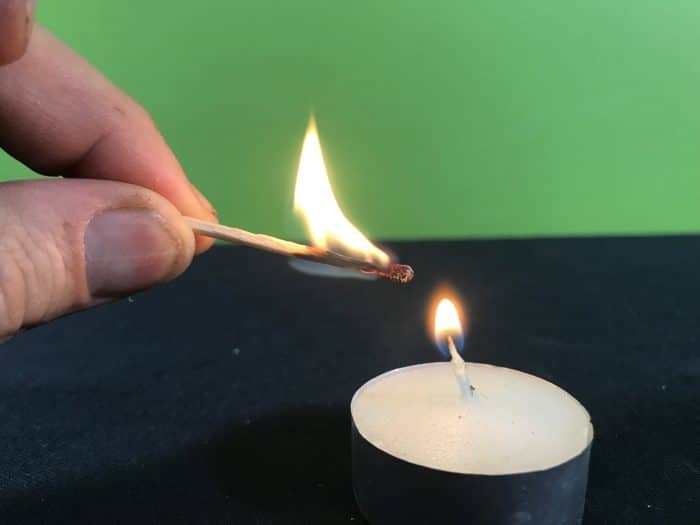
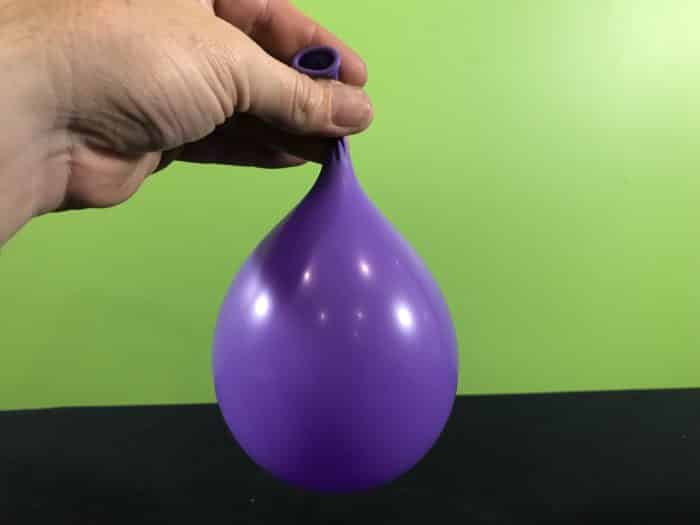
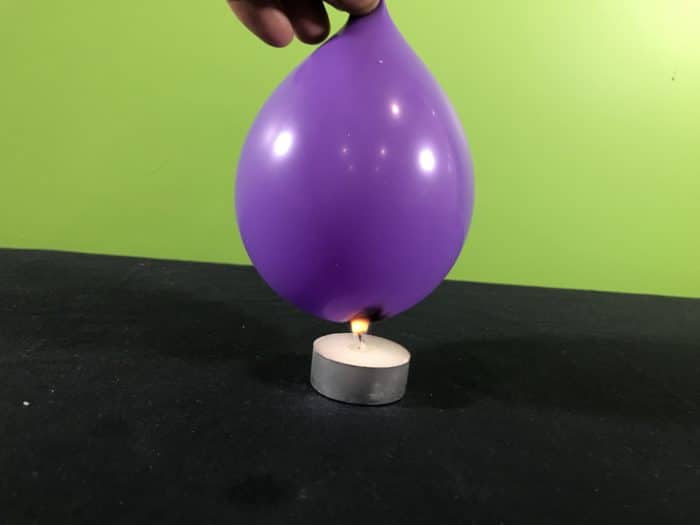
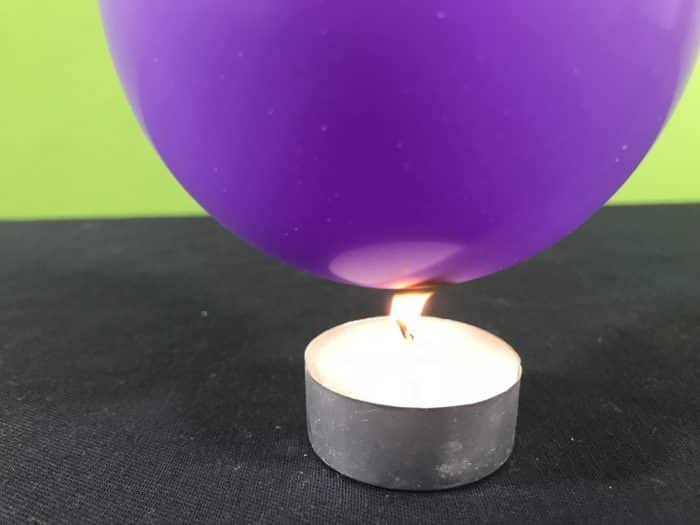
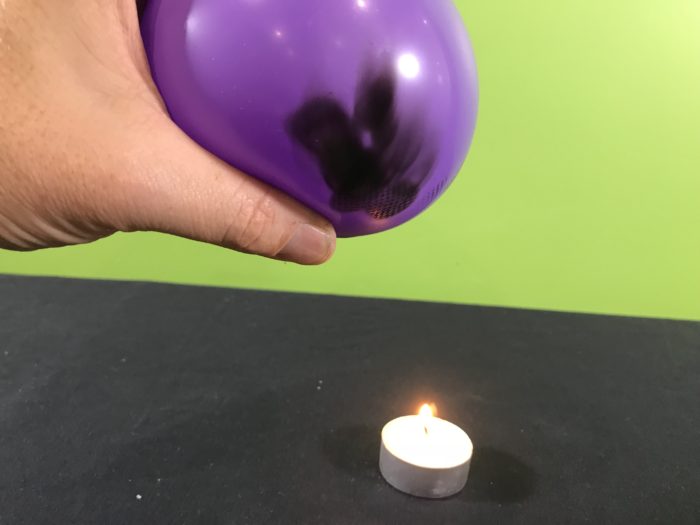



























Comments